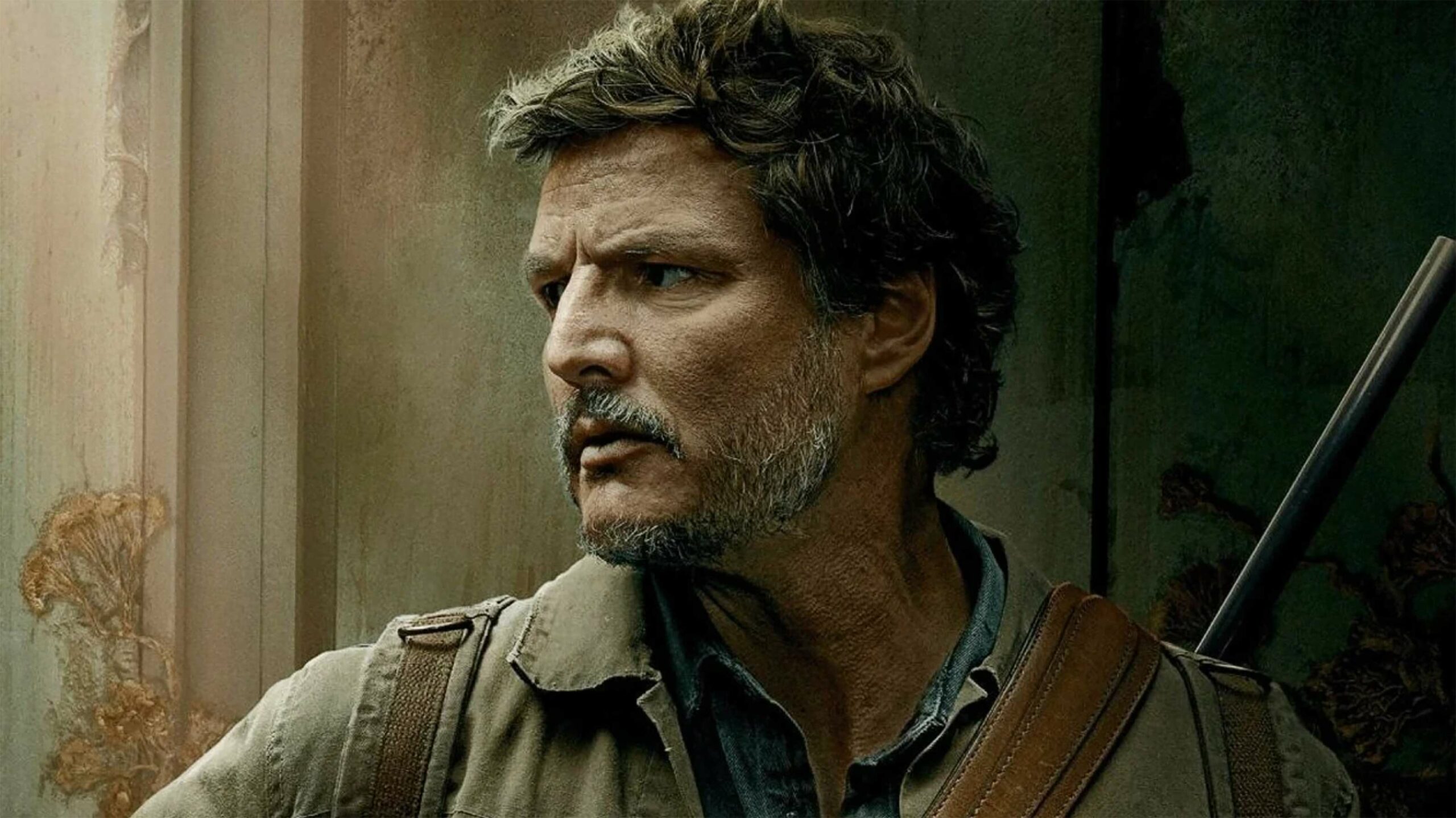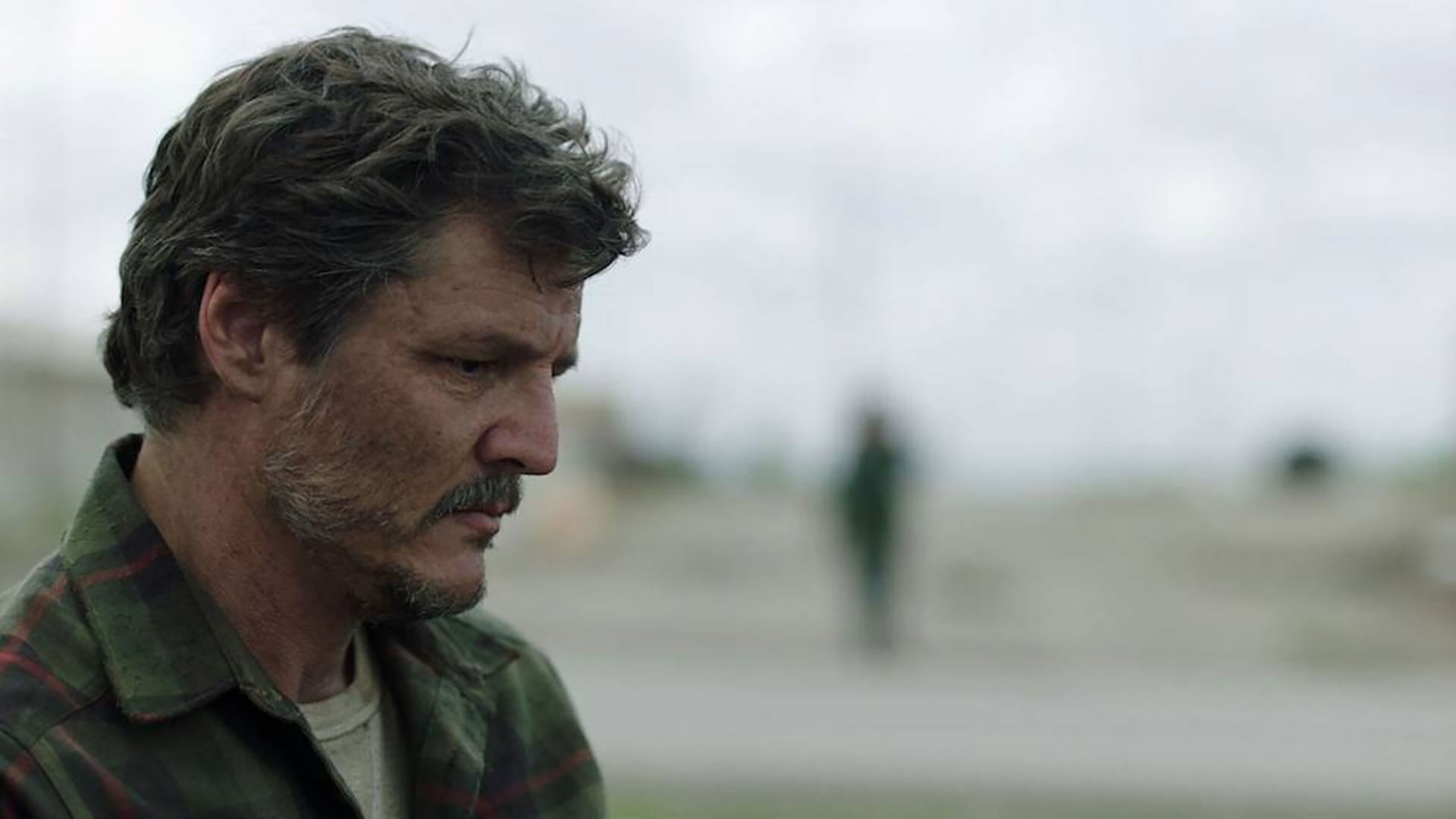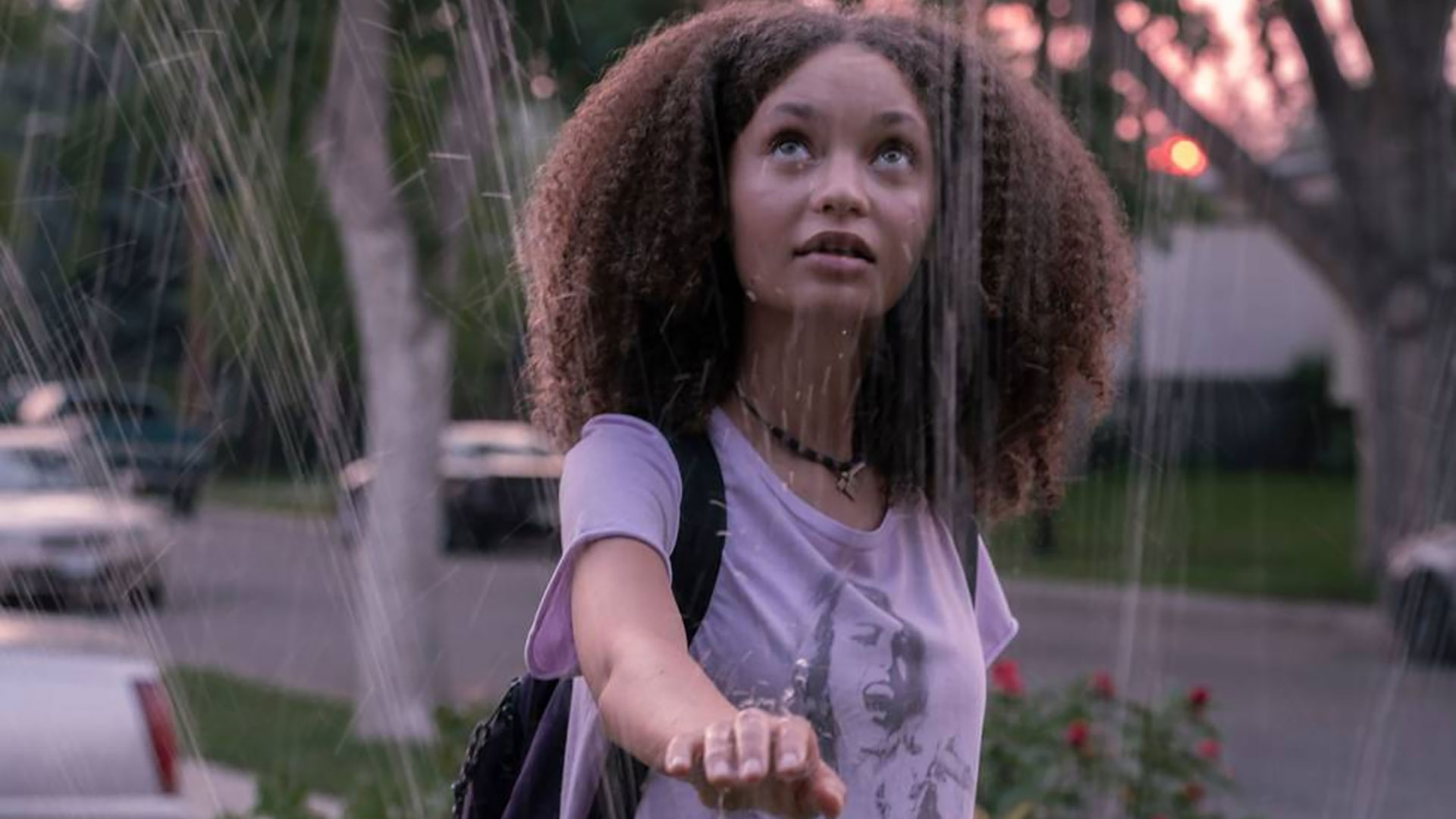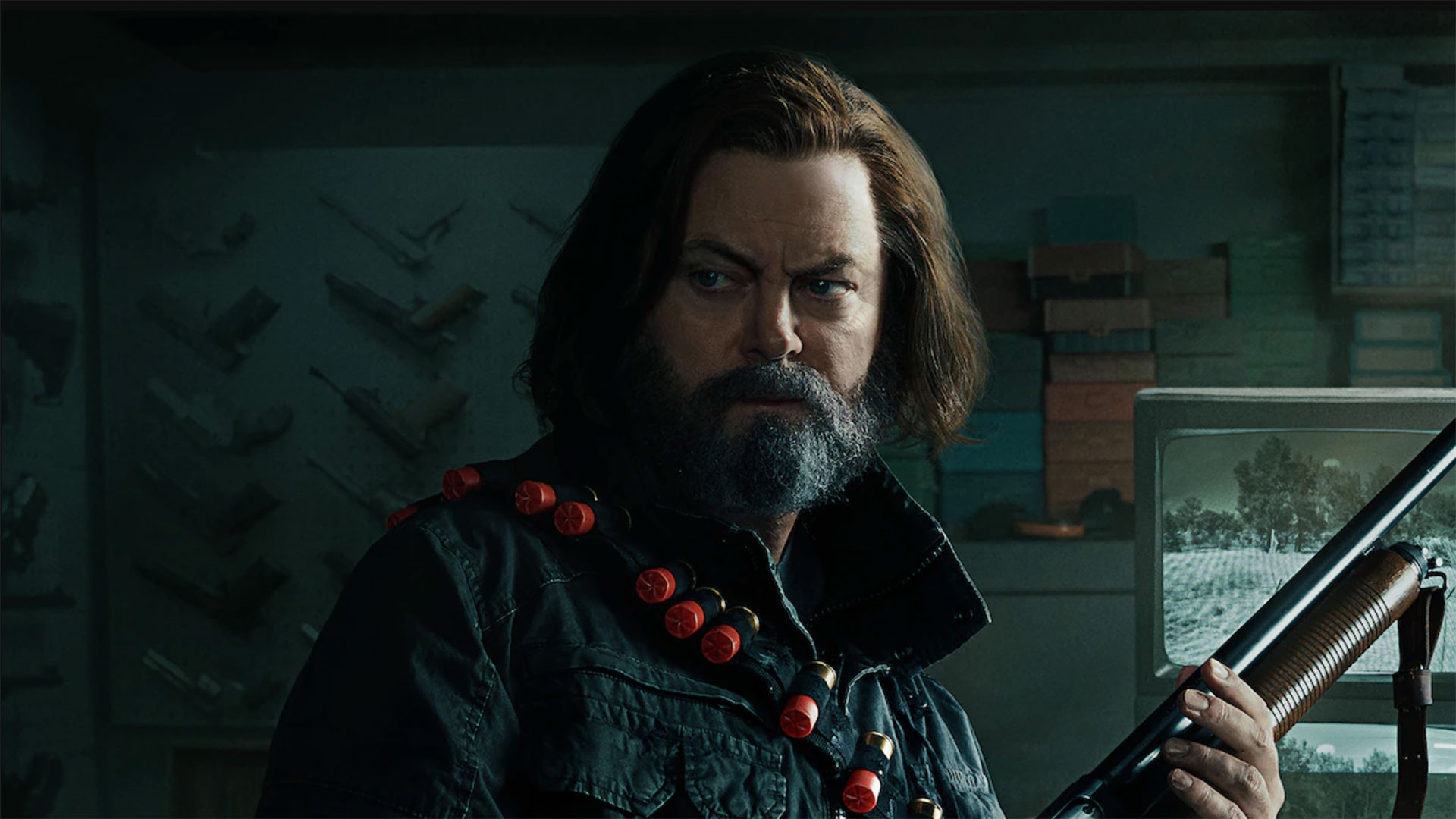
*Note: this is a spoiler-free review of both The Last of Us TV series and video game.*
I’m a big fan of The Last of Us, but I’ll confess that I haven’t been excited for HBO’s live-action series adaptation of the beloved PlayStation game.
For me, effectively getting the same story for the fourth time in 10 years (after the original 2013 release, its 2014 remaster and 2022 remake) didn’t really seem appealing. Marketing hued so closely to Naughty Dog’s games — often shot-for-shot, line-by-line — that I felt pretty apathetic towards it all.
But now, after having watched the first few episodes of the show, I’m pleased to say that my fears, so far, have been squashed.
That all starts with the casting. The leads of any show are important, but especially so for a title like this that focuses so much on two characters. For the uninitiated, The Last of Us was hugely successful for its unforgettable and moving story of a broken man named Joel finding love again with a surrogate daughter, Ellie, in a post-apocalyptic world. The powerful performances of Troy Baker and Ashley Johnson, coupled with co-director Neil Druckmann’s sharp writing, made you truly invest in this relationship. The central father-daughter dynamic has also helped Naughty Dog’s game stand out from the many other zombie stories out there, such as AMC’s The Walking Dead.
Thankfully, that’s all equally true for HBO’s The Last of Us. While the show features some direct crossover between the game in that Druckmann serves as co-creator, co-showrunner and co-writer (alongside Chernobyl’s Craig Mazin), it’s now Game of Thrones alums Pedro Pascal and Bella Ramsey who take on the lead roles. And boy, do they kill it. Pascal is perhaps known for his child-protecting starring role in The Mandalorian, in which he impressively has to lean on body language and voice while being mostly helmeted. But in The Last of Us, we really get see his full dramatic range, with the camera offering many lingering shots of this world-weary shell of a man, and Pascal conveying all of that pain masterfully through subtle glances and facial expressions.
Bella Ramsey is also a revelation. As is (sadly) often the case with online fandom, the casting of Ramsey (who uses they/them pronouns) has received pushback, particularly since they don’t quite resemble the game version of Ellie. But those who look past such superficial gripes will find an exceptional performance. It’s a role that requires finding a genuine youthful earnestness underneath an often prickly exterior, and Ramsey captures that beautifully, wide-eyed charm and all. The rest of the cast, including Gabriel Luna (Marvel’s Agents of S.H.I.E.L.D) as Joel’s brother Tommy, Anna Torv (Fringe) as Joel’s friend Tess and Merle Dandridge as Firefly resistance leader Marlene (reprising her role from the game), is also solid. Seeing these familiar-yet-fresh interpretations of characters I’ve held dear for nearly 10 years feels quite special.
The faithfulness to the source material extends to the set design. The Last of Us‘ overgrown, pandemic-ravaged setting has always felt wonderfully distinct, and the series’ crew has done a wonderful job bringing that to life across various parts of Alberta. Through a Game of Thrones-esque budget that reportedly makes it Canada’s largest TV production to date, the Canadian province’s locales of Canmore, Lethbridge, Fort Macleod, Edmonton and more truly feel ripped right out The Last of Us. The quiet moments from the game, filled with utter beauty and returning composer Gustavo Santaolalla’s engrossing, understated music, also work really well with the stunning Alberta cinematography.
Adding to all of that is the fact that Druckmann and Mazin have made the smart decision to cut back on the action that punctuated the original PlayStation title. After all, you need that more in a 15-hour action-oriented game, but far less so in an HBO series. Instead, the human-zombie altercations come more sparingly, which makes them feel more impactful and tense, especially as the show slowly reveals new creature types over time. A particular highlight are the Clickers, of which gamers no doubt have terrifying memories for their gruesome look — a fungal outgrowth on a human’s body — and echolocation-like ticks. The crew should be commended for how skillfully they brought these monsters to life.
If I have any gripes with The Last of Us so far, it’s that it’s a bit slow to get moving. In particular, two of the early episodes are nearly an hour-and-a-half long, which can drag at times. This felt most apparent in the pilot. On the one hand, spending a bit more time in the pre-pandemic period lets us see more of the “before times” of Joel’s life with his daughter Sarah (Dumbo‘s Nico Parker) and Tommy — a smart way to make the inevitable heartbreaking collapse of humanity feel more impactful. And some of this is compelling, like a sweet moment of Tommy and Sarah ragging on Joel on his birthday for being old. This banter is something that didn’t feature much into the original game’s rather breakneck opening, and it’s so welcome here. That said, it also feels like there’s some meandering as we watch Sarah sit through class or talk to a neighbour — time that perhaps could have been better served on more family scenes.
That said, the show makes more rewarding turns from the game as it goes on. Admittedly, the first two episodes are mostly beat-for-beat the original game, plus a few rather interesting new scenes exploring the broader scientific world coming to terms with the outbreak. But Episode 3 proves to be a marked deviation from the game that Druckmann himself admits will upset some fans: a prolonged section with the crafty survivalist Bill (Parks and Recreation‘s Nick Offerman).
In the game, the cantankerous Bill is an engaging enough companion for Joel and Ellie, but on the whole, he’s mostly just a means to an end for them to get a working vehicle. His romantic relationship with Frank is also only briefly touched upon, so it’s not nearly as effective as it could have been. The TV series, however, dramatically expands upon all of this. Here, Bill roams around his trap-filled town, which we previously only viewed from the perspective of Joel, and actually shares scenes with Frank (The White Lotus’ Murray Bartlett). Through this relationship, we get to see more layers of Bill, a character I previously never thought much about, and it’s easily one the show’s biggest strengths so far. It remains to be seen how the series might handle other narrative departures, such as Kathleen, a brand-new character played by Yellowjackets‘ Melanie Lynskey, but it’s certainly the sort of thing that most drives my interest in the show.
Of course, four episodes of a nine-episode series aren’t enough to definitively come down on The Last of Us one way or the other. But I will say that the show has, at this point, overcome my initial wariness. On the surface, there are excellent performances and immaculate set design that anyone can appreciate. And while its adaptation of story beats from the game sometimes feel more intriguing than genuinely fresh and exciting, the overall solid execution and more meaningful later creative risks are enough to grab my attention for future episodes. Whether you’re a fan of the games or a newcomer entirely, The Last of Us is absolutely worth a watch.
The Last of Us premieres in Canada exclusively on Crave on January 15th.
For more on The Last of Us, check out our interview with several of the show’s key players, including Pascal, Ramsey, Druckmann and Mazin.
Image credit: HBO
MobileSyrup may earn a commission from purchases made via our links, which helps fund the journalism we provide free on our website. These links do not influence our editorial content. Support us here.





